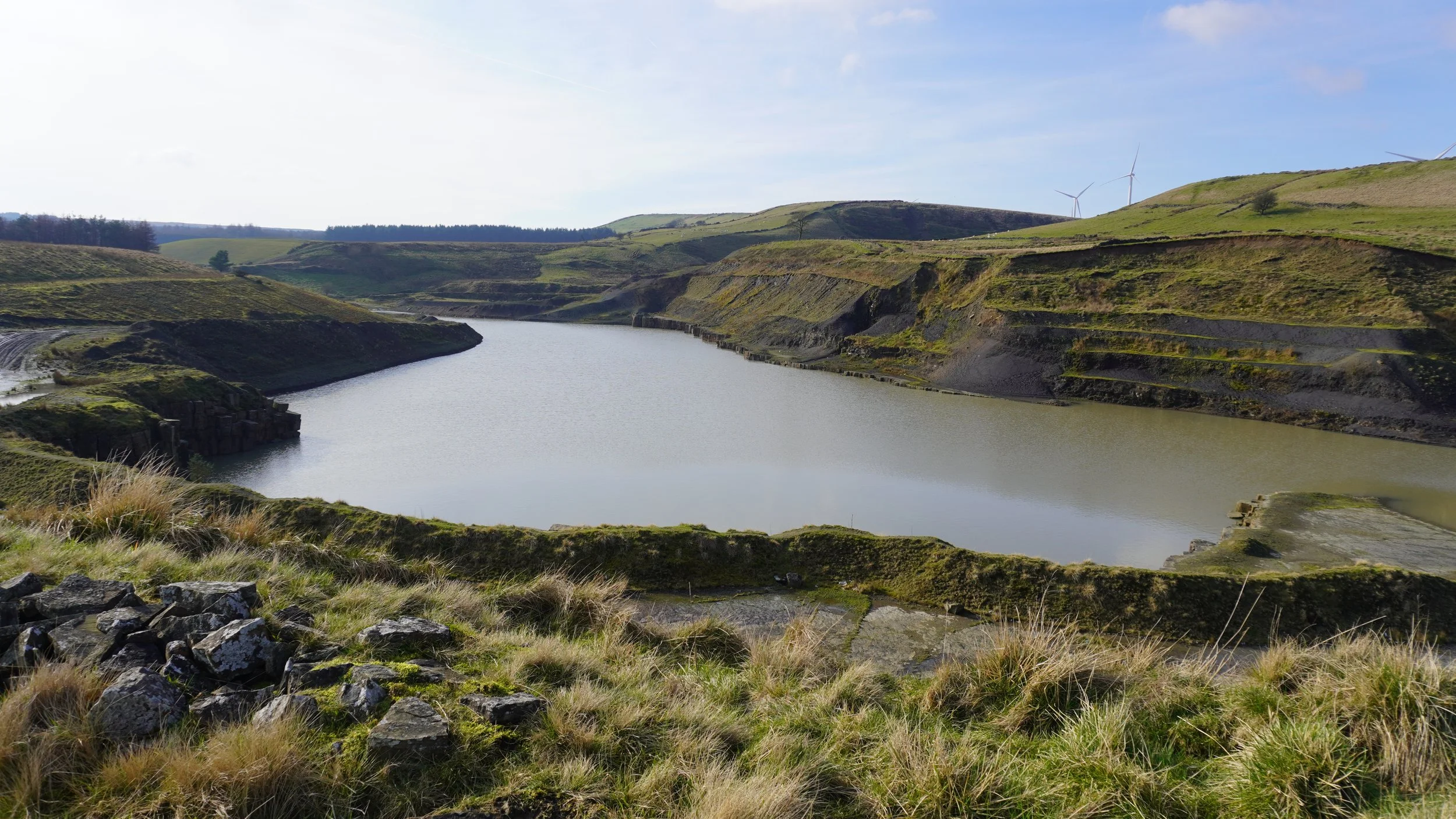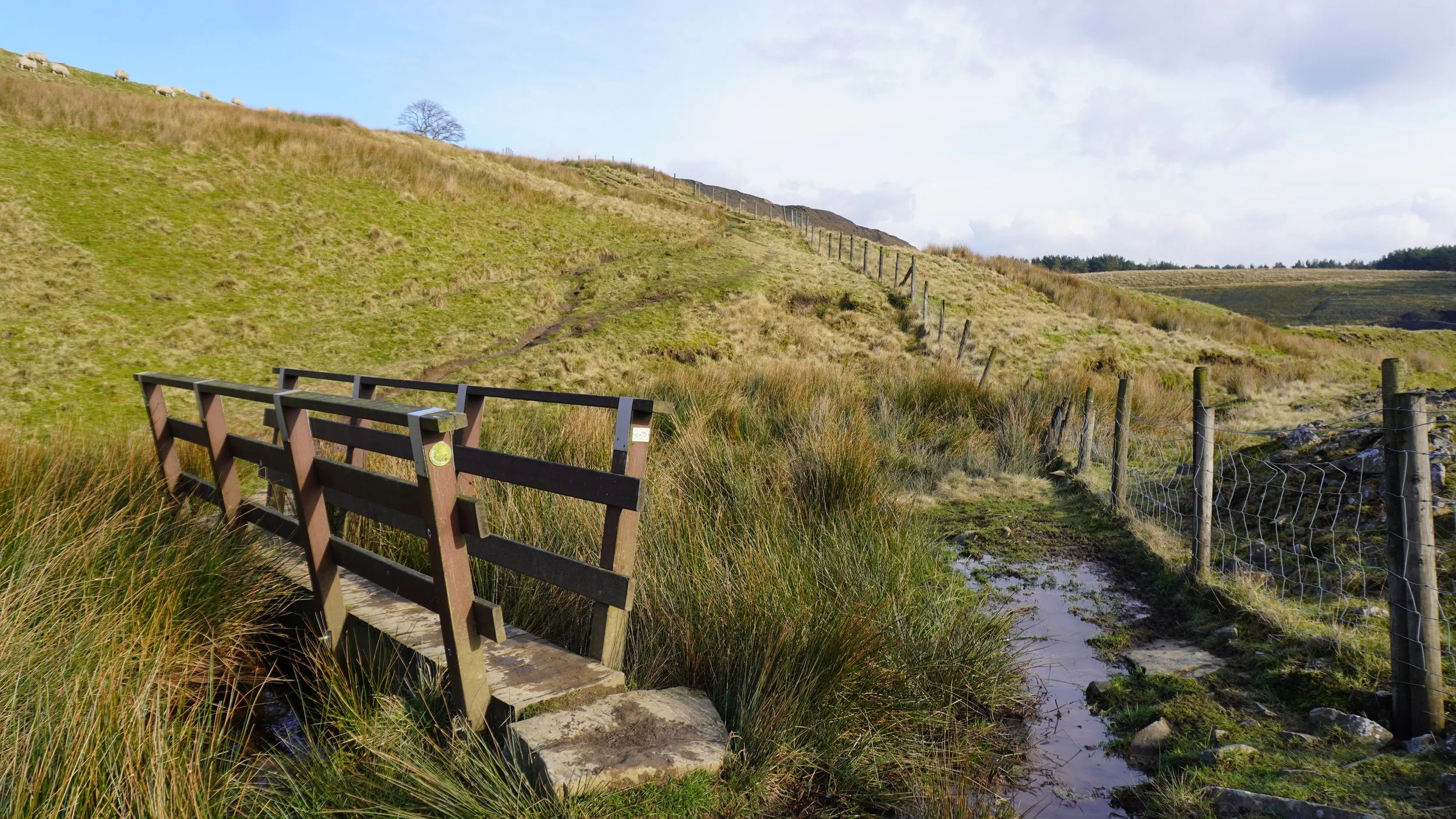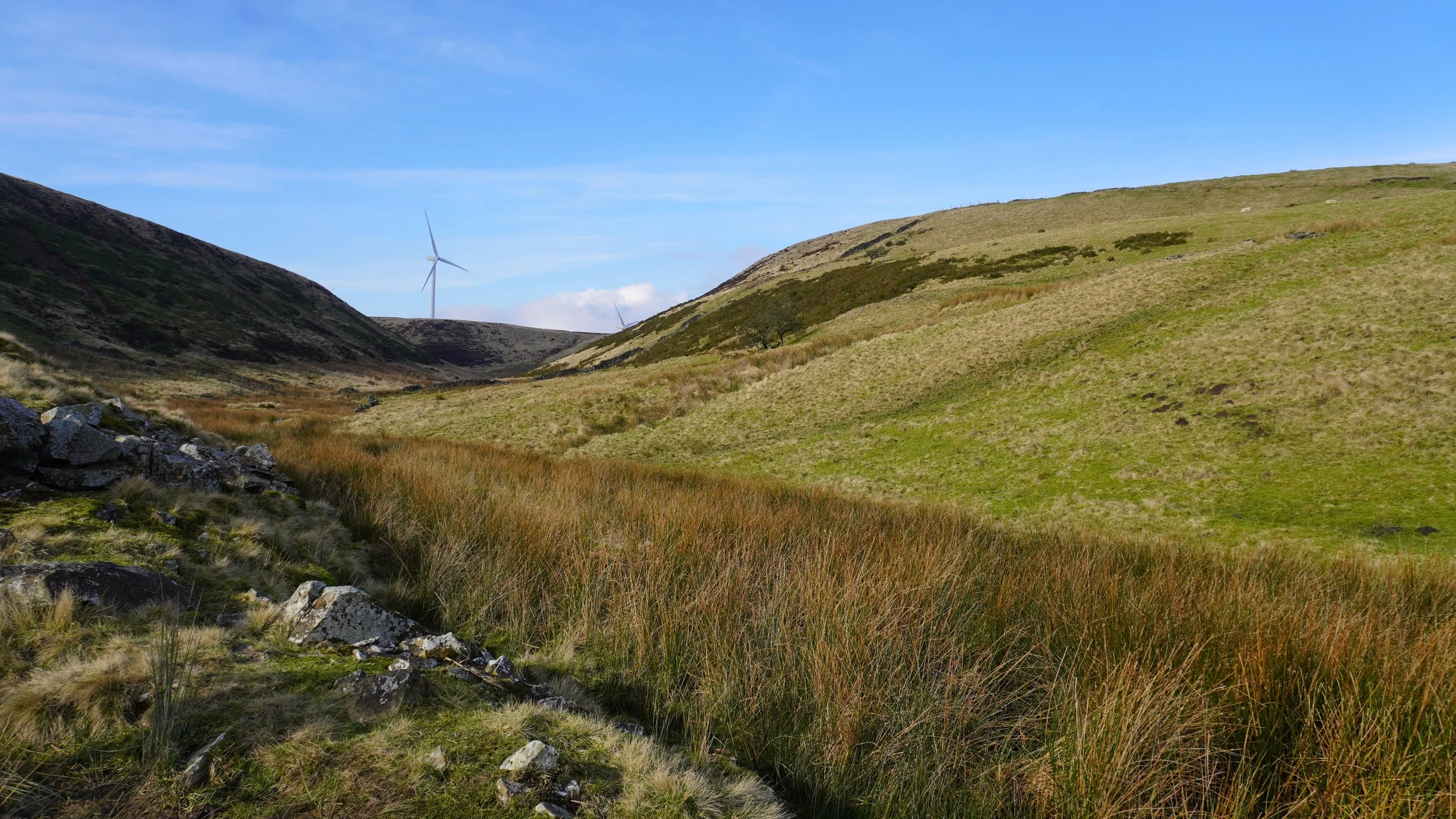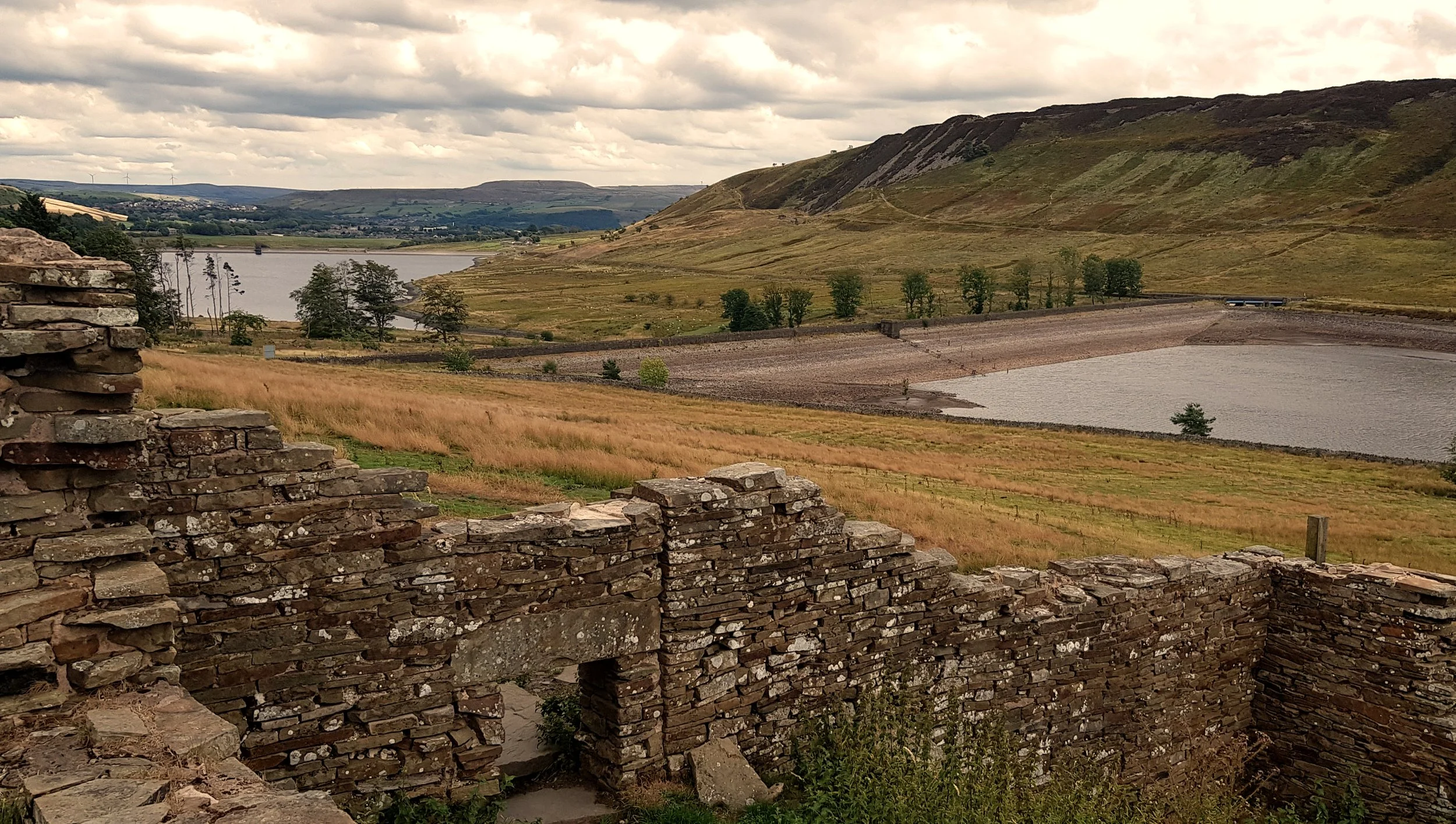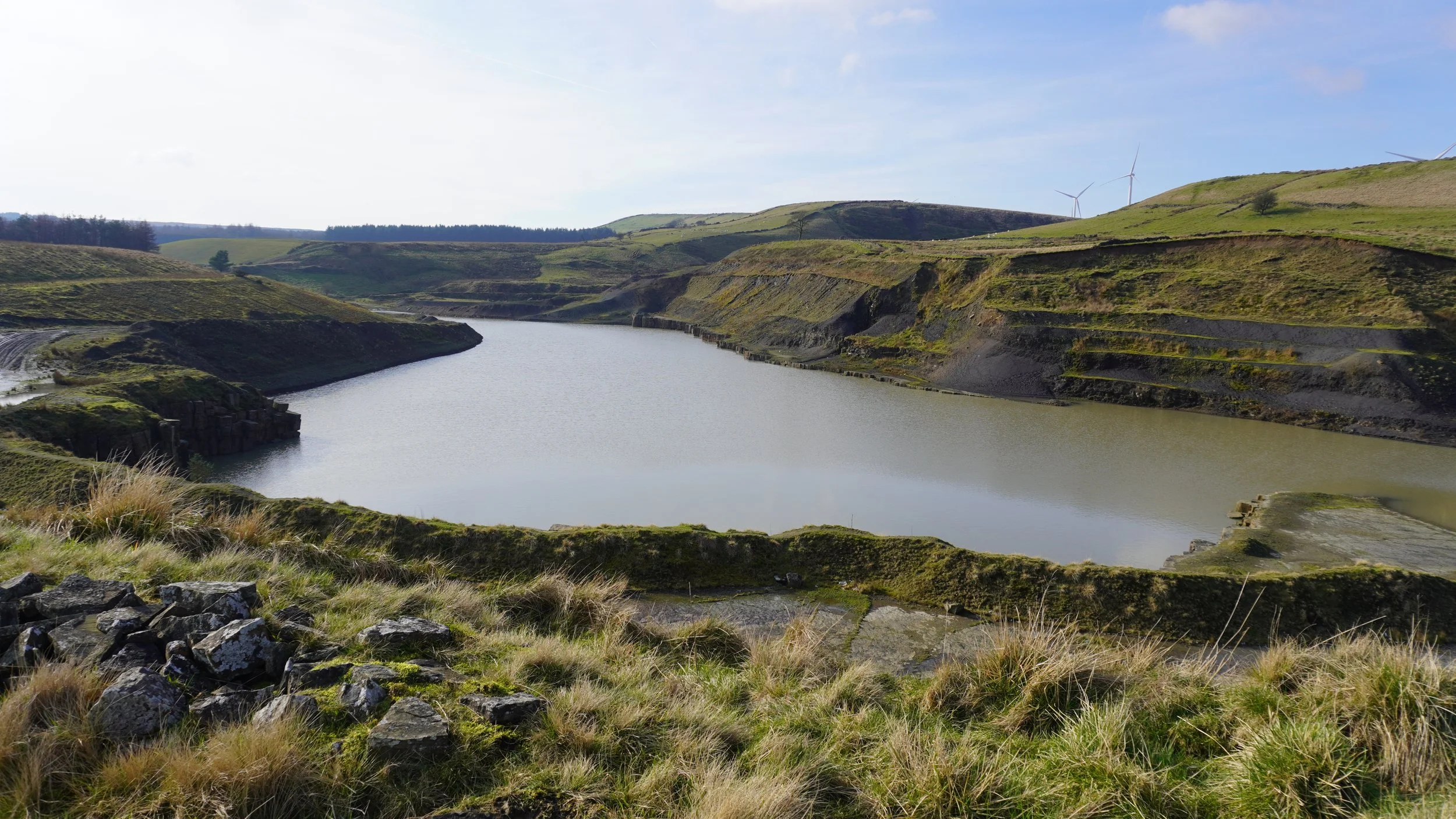Jamestone Quarry to Haslingen Grane Walk (Lancashire’s Hidden Gem)
Sometimes the best routes are the ones right on your doorstep. Being short on time and opting for a gentler walk around Lancashire’s untouched moors, this 5 mile walk surpassed all expectations…
Start: Clough Head Car Park, 462 Grane Road, Haslingden, Rossendale, Lancashire, BB4 4AT
Distance: 5.6 miles
Duration: 2-3 hours
Elevation: 725 feet
Difficulty: Moderate
Navigation: Download the GPX file here
Facilities
Cafe
Parking
Toilets
Getting to the starting point
While the standard route has you starting from Clough Head Visitor Centre car park, we pulled into a lesser-known side road so we could start the walk at Jamestone Quarry. It also meant the cafe at Clough Head was mid-route, for a cheeky brew break.
*Secret starting point: Heap Clough,
NB: Parking here is extremely limited, but you can opt to start at either Clough Head or The Holden Arms on busier days.
Haslingden Grane
Haslingden Grane is a glaciated valley lying to the west of Haslingden and in the north east of the West Pennine Moors. It is easily accessible via the B6232 Grane Road which links to the M65 motorway and the A56. It contains three reservoirs: (west to east) Calf Hey Reservoir, Ogden Reservoir and Holden Wood Reservoir. The valley is overlooked to the north by Oswaldtwistle Moor and to the south by Musbury Heights. The attractive moorland scenery makes it a popular place for walking especially through the well known Fairy Glen beauty spot, there is an information centre, parking and cafe at Clough Head.
Grane Valley
It's hard to believe today, but the Grane Valley was once home to well over 1,000 people and served as the centre of an illegal whisky distilling industry. Many houses have vanished entirely, but some remain, in varying states of decay. It is tempting to assume that it was the flooding of the lower valley that caused its depopulation, but as a matter of fact the story is considerably more complicated.
Settlement began in the area, previously a deer park, in the early part of the 16th century. The population grew over the next two centuries as woods were cleared, although farming here was nearly always marginal. Most families supplemented their income by handloom weaving. Another widespread source of income was the distilling of illicit whisky. Many of the houses had secret passages or cellars to hide the stills.
As larger mills developed, handloom weaving became less viable. The construction of the Calf Hey Reservoir in the 1850s robbed the struggling community of its best land, but the final nail in the coffin was the crisis which afflicted agriculture in the 1880s, with drastic falls in commodity prices. There's an echo here of the problems which farmers are facing today. Once more, many farmers are searching for supplementary sources of income and in some cases leaving agriculture altogether.
Today, many people walk around the reservoirs and surrounding countryside of Haslingden Grane, but perhaps know little of the thriving village that once existed there. The clues are there, with the substantial remains of farmhouses dotted throughout the valley, but much of the village was lost with the creation of the three reservoirs.
Sadly, all that remains of Grane Village today are several ruins dotted along the trail, one of these being Hartley House (pictured below).
Haslingden Grane Quarries: Jamestone Quarry
Along the way, the walk takes you around the local quarries, renowned for producing a unique form of flagstone named Haslingden Flag. Railways transported huge quantities of this all over the country in the nineteenth century. The stone was was even used in the paving of London, most notably Trafalgar Square.
Clough Head Visitor
After you’ve finished soaking up the beauty of Jamestone Quarry, follow the path around until you reach a right turn taking you to Clough Head. The cafe’s open 8am to 5pm, Monday to Sunday.
Haslingden Moor
After stopping off at Clough Head Visitor Centre, the final leg of the route takes you around Calf Hey Reservoir and along the Rossendale Way, before a short climb up to Haslingden Moor. Once you reach the top of the moorland, you’ll soon reach Musbury Heights Quarry, one of the numerous 'Valley of Stone' historical quarries in the area.
Fancy giving this one a go? Head to our Instagram for a step-by-step guide
